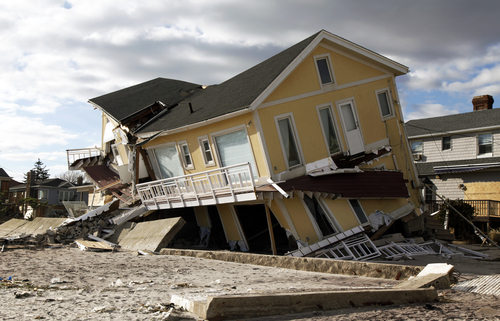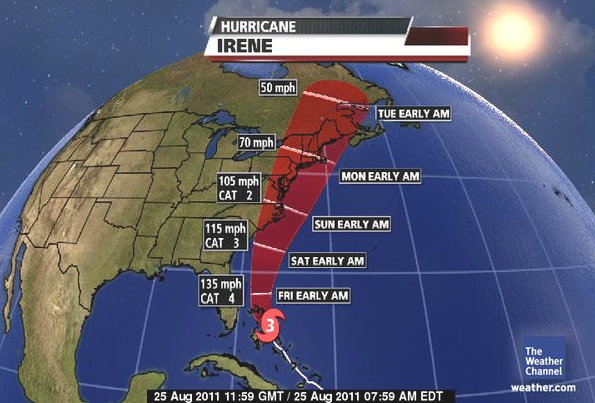Businesses surviving Superstorm Sandy’s wrath will have another storm to endure, thanks to their insurance companies. Under many business property insurance policies, insurers may argue that some types of damage caused by Sandy are excluded. For example, some components of Sandy such as wind and rain damage may be covered causes of loss, while storm surge and flood may be excluded altogether, or may be covered only with lower limits and higher deductibles. Superstorm Sandy, much like Hurricane Katrina, included multiple perils, some of which likely are specifically covered, but some of which may arguably be excluded. Moreover, even if a business was affected by only one type of damage (flood, for example), that damage likely was precipitated by another cause, such as storm surge, wind and rain.
So, who wins in this epic battle? The answer may depend upon which state’s law will control the issue. Many states have adopted an “efficient proximate cause” test to determine coverage when there are both covered and excluded perils contributing to a loss.
Efficient proximate cause, however, has no set meaning and courts interpret the test differently.
Some courts view it as the “dominant” or “predominating” cause, while others see it as the risk that sets other causes or a “train of events” in motion. Some courts find that either the first or the last event can be the proximate cause. Without uniformity under state law, policyholders are left unsure as to whether their losses will be covered.
To make matters worse, some policies contain what is known as an “anti-concurrent causation” provision, which provides that the insurance company will not pay for loss caused by an excluded peril, even if a covered loss contributes directly or indirectly or in any sequence to the loss. Through this clause, the insurance company may seek to avoid coverage entirely if there is but one potentially excluded cause in the mix.
buy penegra online https://royalcitydrugs.com/penegra.html no prescription
This has enabled the insurance companies to contract around the efficient proximate cause doctrine. While some states allow an attack on this provision, the majority of states hold that such a clause is valid and enforceable.
Further complicating the problem is the ensuing loss clause found in some policies, which carves back coverage for a loss from a covered peril that follows as a consequence of an excluded peril. For example, if a policyholder suffers loss from an excluded cause, such as flood, but the building is consumed by fire shortly after (which happened in the case of Superstorm Sandy to a number of structures), then the loss should be covered.
With Superstorm Sandy it is likely that insureds with these policy provisions will remain uncertain as to their coverage for some time to come.




